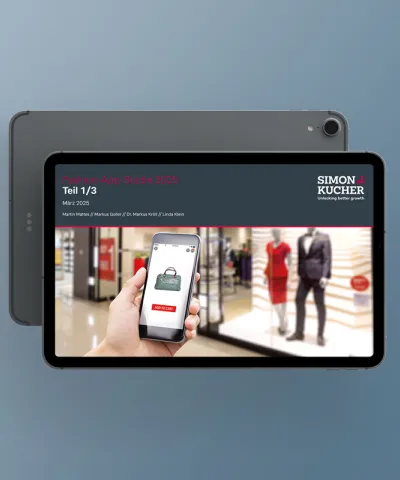When you deliver added value without charging for it, you leave money on the table. Yet many ingredients companies are still giving away their services for free. As service monetization becomes an increasingly important growth driver, we look at how to translate the opportunities into revenue.
In a challenging market environment, the ingredients sector is turning to services as a significant growth driver, with companies expecting their service revenue to more than double in the coming years. However, our experience in the industry is that most are not yet fully realizing the service revenue streams that their organizations are currently delivering.
To grow through services, you need to be able to monetize their value. Historically, ingredients companies have been product-centric, which means they deliver value-adding services without (explicitly) charging for them. Instead, services are frequently bundled as a 0.5 percent or 1 percent surcharge, often roughly calculated as a pro forma during the final phase of negotiations or offered up as a concession.
Consequently, in sales negotiations, discussions focus solely on price or quantity, leaving little strategic breathing room for other concessions. Revenue is also strongly dependent on customer purchase cycles and market volatility – exacerbated by current pandemic supply constraints and geopolitical unrest.
In contrast, when services are charged for separately, volatility is normalized and value is monetized to its full extent. Here’s why…
Benefits of service monetization
- Better value communication through price transparency
When services come with their own price tags, their value is much more cleanly and clearly communicated. Customers become aware of the costs of different services, what is included, and what they are paying for specifically. On the product side, there are also benefits: in the short term, product prices may decrease slightly, making it easier for sales to sell and therefore increase revenue. - Revenue stream diversification
Product-centric, volume-driven companies are prone to volatile revenue due to the nature of their sales cycle and fluctuating demand. Service revenue, on the other hand, is recurring, more consistent, and therefore more plannable, enabling efficient allocation of resources and reducing market risks. Although the purchase cycle of the customer may be volatile, your services can be billed monthly, quarterly, or annually, creating a reliable base that is not dependent on volume. - Empowering sales through negotiation advantages
When prices are directly connected to the value delivered, it makes it harder for customers to demand price cuts. Services also create a whole new category of battlefield concessions, which set the stage for a productive negotiation. Sales are equipped with a price tag to show the value of any sacrifice they make (e.g., specific delivery windows, supplementary documentation) and customers leave satisfied with their perceived services-related discount.
How to succeed with service monetization
The advantages of service monetization are multifold. However, companies aiming to grow through services should also recognize the importance of a long-term commercial strategy. Here we have identified four proven steps that companies can follow as part of their servitization journey.
- Conduct a current state assessment
Time and time again, we discover companies are offering and delivering more value than documented and certainly more than what the customer is being charged. The aim of this assessment is to understand which value-adding services are already being provided and how much of it is monetized. This assessment also provides an overview of opportunities to deliver extra services, prioritized by impact and feasibility. - Target cost centers
When sales teams offer services like logistics and warehousing for free, it hurts your business. That’s why the next step is to introduce a new pricing logic and price model for your largest cost centers – which, in our experience, is likely to be logistics services for your largest accounts. Here the main aim is not necessarily to generate profit from services, but to cover costs and decrease OPEX overhead. - Introduce a full service menu
One step farther than targeting cost centers is putting together a comprehensive service menu with commercially relevant prices. That way, in negotiations, your sales teams have a value they can trade for. Services should be separated, either belonging to the core offering or listed as extras. Core services are included in the product price, whereas extra services are add-ons or negotiation items. It is at this stage where we expect to see net profit from service monetization strategies. - Create bundles and subscriptions
For companies aiming to achieve the most sophisticated level of monetization, bundling and subscriptions are ways to revolutionize the service delivery model. Here service packages and add-ons are charged separately from the product side of the business, making up a significant proportion of total revenues.
How much money are you leaving on the table?
When you don’t charge for services, you can quickly become the cheapest part of your customers’ supply chain. Look more closely at what you are giving away for free – the numbers might be staggering. In one of our client’s markets, we identified 13.3 million euros of potential service against 200-300 million in total revenue – a much higher figure than the company’s leadership had initially believed.
Professional services monetization will stabilize your revenue and energize your salesforce. And rather than a resistance to change, we find that sales reps embrace these new dimensions. They can turn the conversation away from price and quantity and toward value, breaking free from traditional negotiation patterns.
How much monetization potential is yet to be unlocked in your company? Reach out to Arjen Brasz, Bjoern Dahmen, or Kai Chen to start the discussion today!








